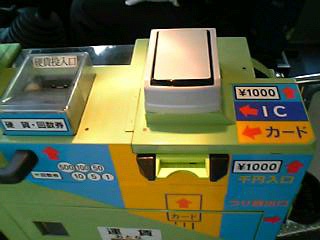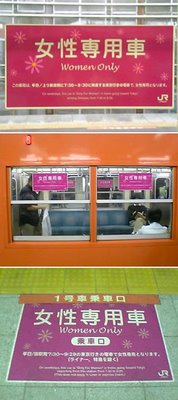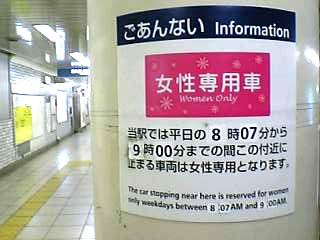
Avoiding the huge crowd since the opening on March 30 of Tokyo MidTown, a new sprawling complex of shops, restaurants, museums, and Tokyo's first Ritz Carlton Hotel, my partner and I finally visited the site on late Friday night, when the shops had just closed. Access to certain floors was still permitted, so we took a quick walk along two floors. First impression: warm and spacious, an antithesis to the cold and cramped Omotesando Hills (although to be fair, the latter had a very limited space to begin with).
We also went up to the 45th floor of the MidTown Tower to the lobby of the Ritz Carlton Hotel. All of the hotel's dining experiences (the Lobby Lounge & Bar, "Forty-Five" restaurant, Hinokizaka, and labels) could be found on this floor, while the lone Ritz Carlton Café and Deli stayed at the ground floor, near the alternative entrance to the hotel and close to the main portal of the shopping complex. Cover charge for the Lounge is currently at ¥2500 per person. High tea is served between 12:00 and 17:00, and offers two main set menus at ¥3900 and ¥8900. All of the dining experiences are non-smoking except for the Bar (just at the Bar, not at the Lounge), which allows it.
Tokyo MidTown is located at Akasaka-9-chome, and is a quick walk from the Roppongi Hills complex, and like the latter, it is also served by the Hibiya, the Oedo, and the Chiyoda lines. Click HERE for Tokyo Metro information.
More on Tokyo MidTown.
More on Ritz Carlton Hotel Tokyo.



